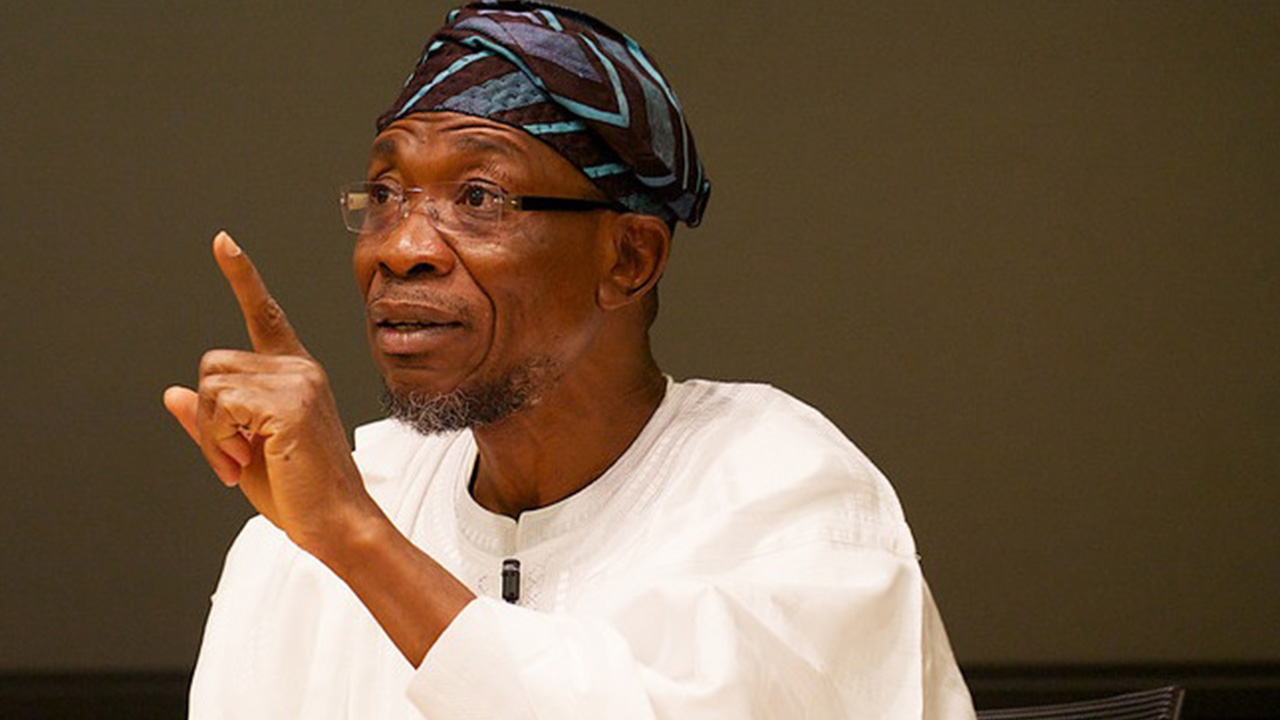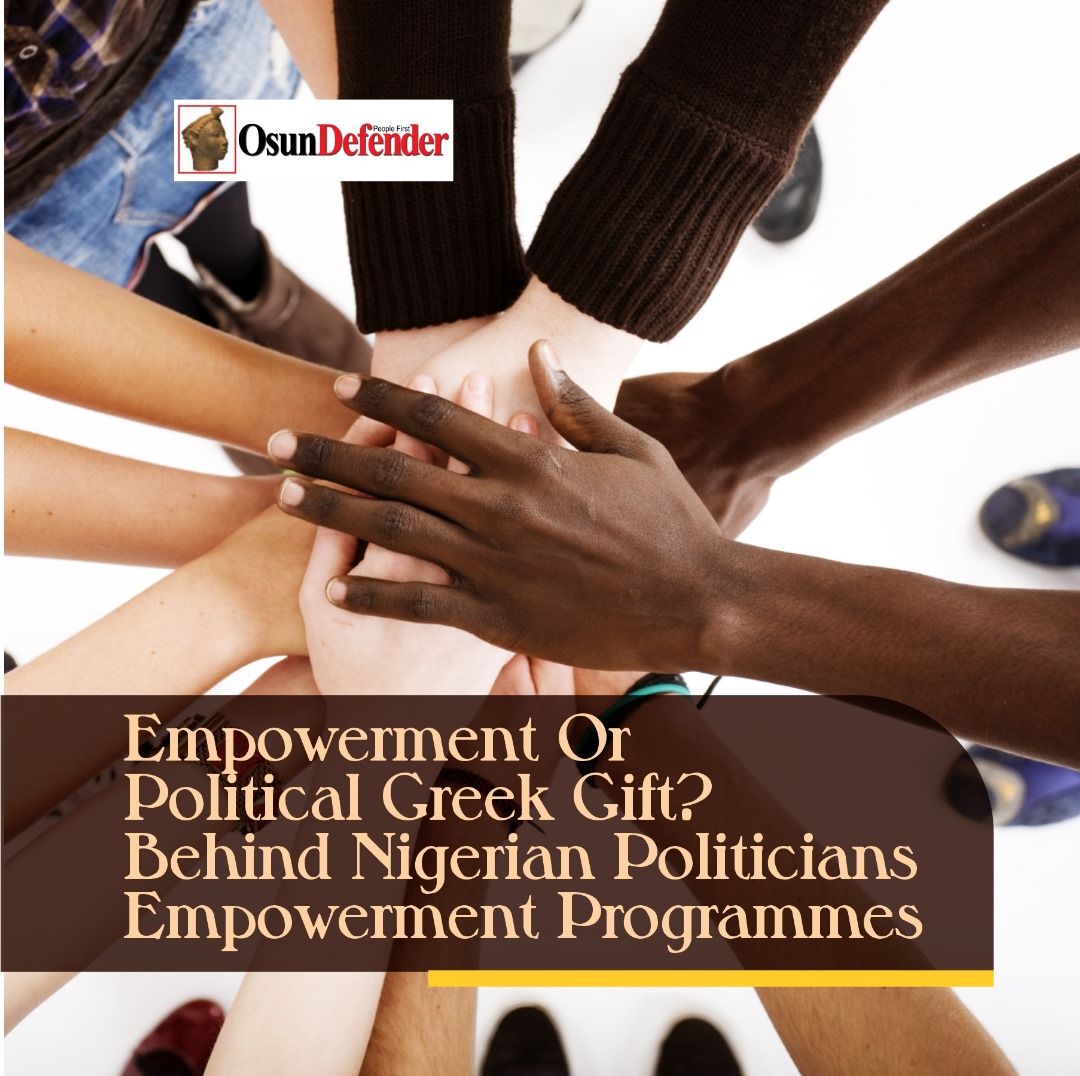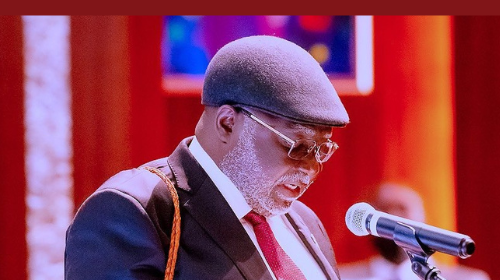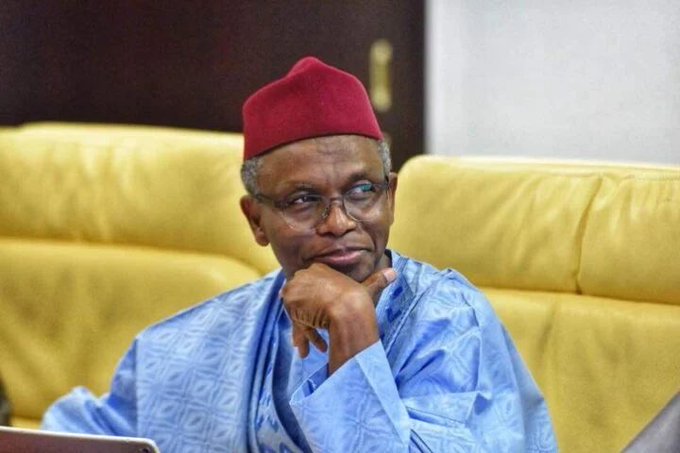The major issue of discourse in Osun today and in recent times, especially by the opposition and its ally, most often centres on salary, salary and salary and the ability or “incapability” of government to pay. Not many take time to praise or commend government for superlative infrastructural and welfarist developments over the years. Another issue but similar in content that dominates the news space is the amount of resources deployed to infrastructure vis-à-vis recurrent or salaries, allowances and pensions payment. The narrative has been popularized to seem as if infrastructure take whopping sums to the detriment of workers’ welfare. But in reality, opposite is the case.
Most often, when lies are repeated and wrapped in sugar-coated phrases, with some sentimental garb, they inevitably, but erroneously transform and transmute into “The Truth, and absolute Truth”, as is the case today. But truth, the real Truth, they say, is constant. There can never be opposing truth, or, another truth that negates the real truth.
What then is the truth?
Well, the truth can never be obtained through rumours, sentimental outbursts, hatred, political maneuvers, self pity, and the likes. There is only one route to the truth and that is through empirical, scientific search. Searching for the truth should be devoid of the aforementioned, if truly, we are seeking the Truth, which we all agree, is sacred. This is where I am at crossroads with armchair journalists.
The Freedom of Information Bill which was recently passed into Law was aimed at getting the truth in governance, especially when it comes to finances and expenditures. After all, the Act was to promote, enhance and develop our precarious democracy. The Act (which is an expansion of Section 39 of the Constitution of the Federal Republic of Nigeria), was signed into law on 28th May, 2011 by then President Goodluck Jonathan’s administration. The purpose of the Act is to make public records and information more freely available, provide for public access to public records and information, among others. This Act empowers every citizen to obtain information regarding how they’re governed.
But instead of our educated elites and some men of the pen to make use of this route, they find it quite easy to peddle rumours, misinformation, half-truths, and slander to get to their predetermined ends which includes scoring political points for selves and paymasters.
It has been found out that, in the State of Osun, from 2010 when this government came to power to the very recent, November 2017, only 23% of all resources of government go into infrastructures, while whopping 77% go into payment of workers’ salaries, allowances, pensions, bonuses, allowances for O’YES Cadets, etc. So, where comes the obnoxious narrative that workers emoluments are sacrificed on the altar of infrastructural development? Did these people know that the totality of all Osun workers is about, or slightly less than, 1% of the total population of all Osun residents who are equally entitled to government care? No matter the financial predicament we found ourselves, government must provide dividends of democracy to the entire sectors and citizenry, apart from paying salaries. If we deploy 100% of our resources to paying only salaries, what then is the fate of other citizens who do not earn salaries and allowances from government and who are equally entitled to government services? Why must our future and those of our children unborn be sacrificed on the altars of most times unearned wages? Is it a crime to deploy 21st century infrastructure to our people, give quality education to our children in a 21st century environment, feed our children from humble homes with nutritious foods, build durable roads, energize the aged, etc, even if it means borrowing? And how much are we really talking about? Paltry 23% of total income!
For example, figures obtained from government show Naira for Naira and Kobo for Kobo, both recurrent and capital expenditure from 2010 up till November of this year. It was really an eye opener. Between January and October, 2017, government spent the sum of N35 billion on recurrent and emoluments while a relatively paltry sum of N7 billion was expended on capital projects.
For the totality of the seven years so far on the seat of Osun administration, a total sum of N200 billion was expended on salaries and pensions while on the other hand, N60 billion goes for infrastructure.
This is rated in percentage as 77% to 23% respectively.
Answer to the headlined question is therefore obvious from the above analysis: The bulk of Osun revenue goes for salaries, emoluments and pensions. We need to go this length to explain things because of the erroneous impressions created either ignorantly or otherwise that Osun massive infrastructural development is responsible for the modulated salary.











